It’s that time of year again. The last Sunday in October, when the clocks go back and those of us with seasonal affective disorder (SAD) find everything gets a little harder.
The change from BST to GMT happens in the early hours, when 2am on Sunday suddenly becomes 1am again.
It’s more noticeable when 9am becomes 8am, and 5pm becomes 4pm and we suddenly have to adjust to having more light in the morning and less in the evening.
British Summer Time was introduced in 1916, and there have been arguments about it ever since.
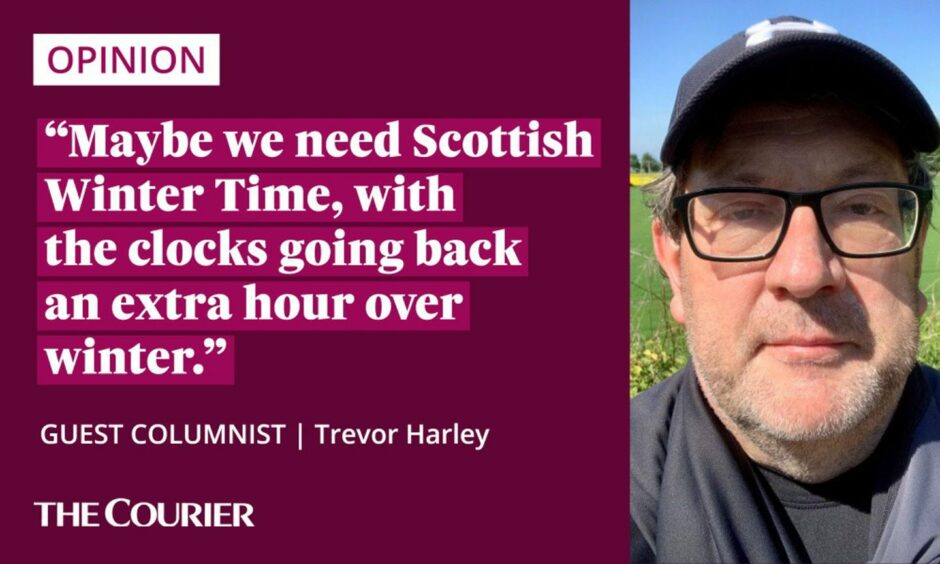
Between 1968 and 1971 the UK experimented with British Standard Time, BST all year long, but Parliament voted to end the experiment.
People didn’t like the dark mornings.
And although the total number of traffic accidents went down, that might have been because of the introduction of stronger drink-drive laws at around the same time.
In Scotland the effects of changing the clocks are more noticeable than down south.
The further north you go the shorter the day is.
The winter solstice this year is on December 21.
In Dundee that day sunrise is at 8.44am and sunset at 15.35pm.
In London it’s 8.03am and 15.53pm.
That’s an hour more light in London.
Clocks go back and SAD symptoms rise
The dark days of winter are bad news for those of us with seasonal affective disorder (SAD).
SAD is a type of depression that affects people in the winter months.
It affects about one in 10 people, and some of those quite seriously.
I suffer from it, and it is miserable.
Me: has SAD and has known this for years
Me every year when my mental health plummets as soon as the clocks go back: 😮
— big time sensuality (@synthylauper) October 26, 2020
It is difficult to get up in the morning.
Your mood is low for several months of the year.
It’s difficult to concentrate and you feel tired all the time.
Any underlying mood disorder is made worse.
Of course the total hours of sunlight are the same after the clocks change. But they’re at the wrong time for us.
We need natural light in the morning, preferably when or even before we wake.
Natural light helps the brain produce chemicals that are necessary for controlling our sleep-wake cycle, improving our mood, and even controlling our body temperature.
Outside light energises pathways in the brain that affect a substance called melatonin.
Melatonin is essential for making sure we wake and sleep at the right time, and is involved in the production of other important brain chemicals.
We need melatonin to be produced at just the right time, and we need natural light to do that.
Fortunately it isn’t all doom and (literal) gloom.
There are things we can do to help ourselves.
Don’t get SAD, get outside
The most important thing is to make the most of light in the morning.
Get outside as early as possible when it’s light.
But there are limits. In winter in Dundee it often doesn’t really get light until many people are already at work.
Some days there is no sun to be seen.
Fortunately there are still things you can do. You can now get light boxes very easily.
These produce light similar to sunlight.
Any old light won’t do. It has to be very bright and it has to be the right colour.
Light boxes used to be big and expensive, but you can now get small ones at a very reasonable price.
They will be called SAD lights, light boxes, or therapy lights.
Make sure they produce at least 10,000 lux – that’s a measure of how bright they are, and that it produces white or blue-white light.
You need at least half an hour in the morning.
Sad about the clocks going back? What if they went back further?
At the same time it will do you good to take a Vitamin D supplement.
We need sunshine to produce Vitamin D and in Scotland in winter we don’t get enough.
You don’t need a strong supplement and you don’t even really need to take it every day.
Vitamin D is essential for bone health, the immune system, and producing mood chemicals in the brain.
Maybe Scotland should have its own time zone though.
Maybe we need Scottish Winter Time, with the clocks going back an extra hour over winter.
We would though need to consider the effect of less light in the afternoons and possibly an increase in traffic accidents.
There isn’t an easy answer.
One thing we can be sure of is that every year around this time the arguments about whether the clocks should go back will start again.
The hardest piece of advice to follow is that you can speed up adjusting to the change by not having a lie in on Sunday morning.
Get out in the light instead.
Trevor Harley is Emeritus Professor of Psychology at the University of Dundee and the author of Psychology of Weather, which describes how the weather and climate affect us. He has a weather station in his garden, and has obsessively kept weather records since 1988. For more information see www.trevorharley.com or his mental health blog, What is the Meaning of my Life.
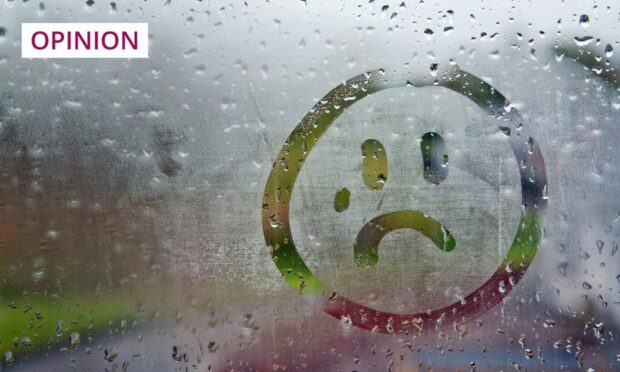
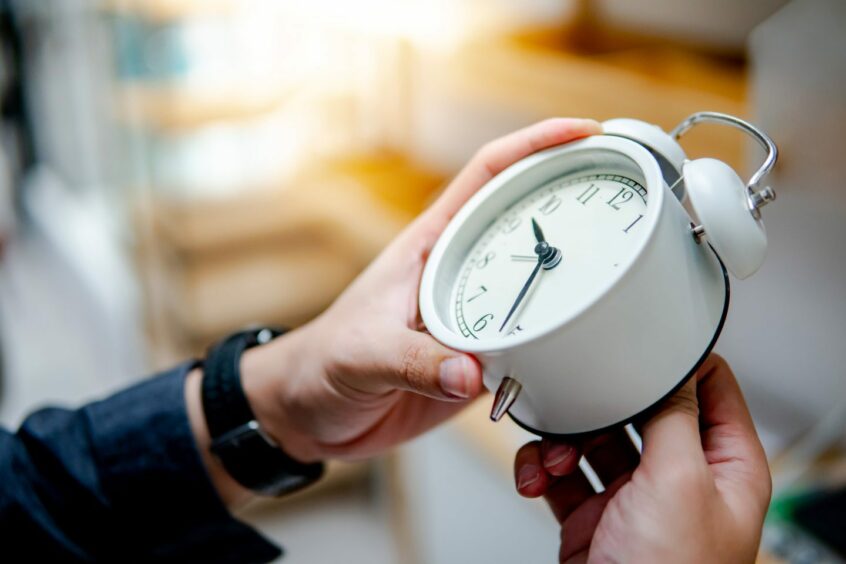

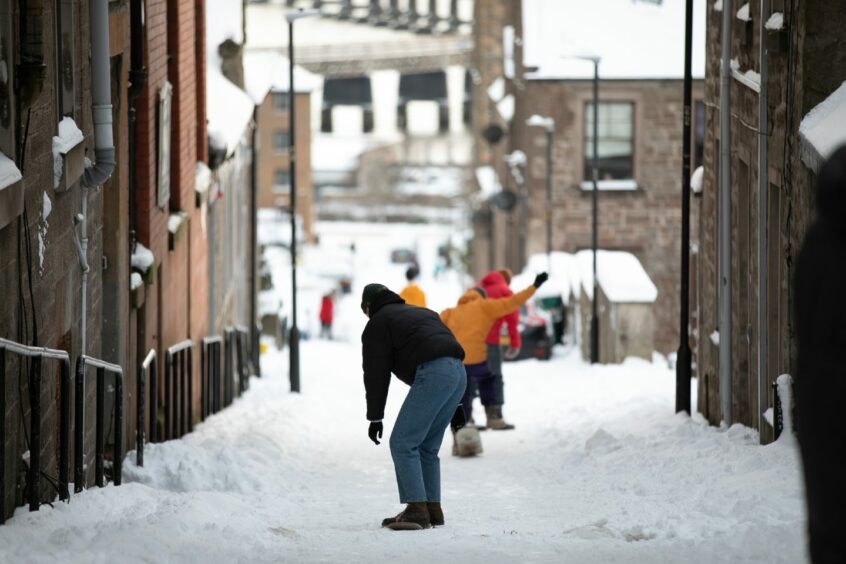
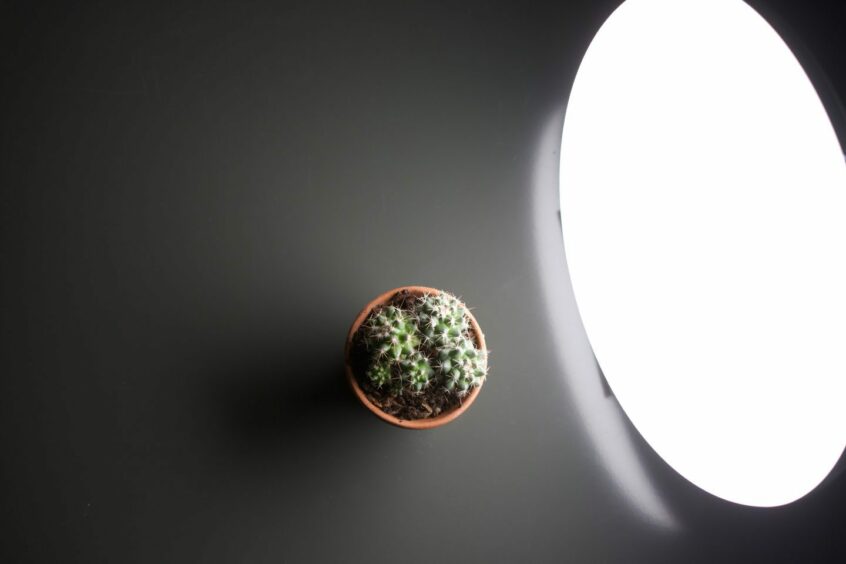








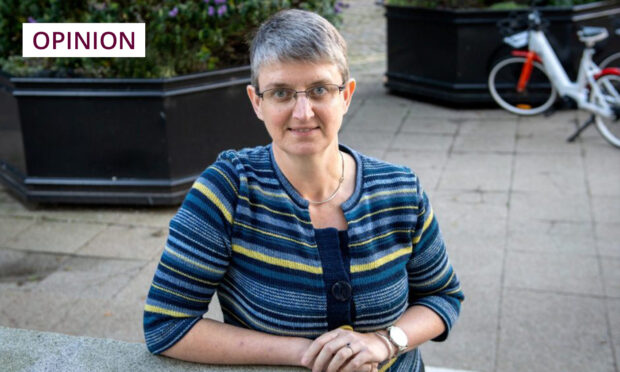
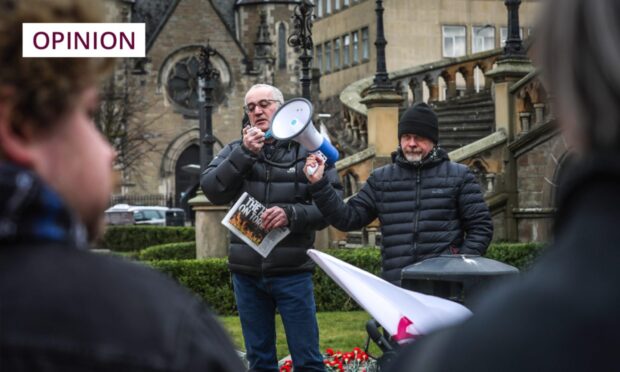
Conversation